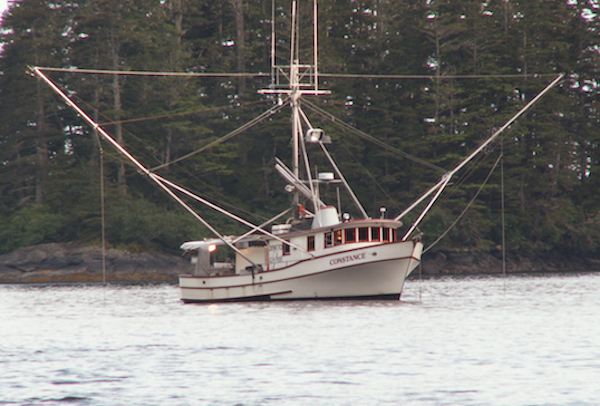When you look down at your plate, it’s pretty easy to tell the peas from the corn, and the squash from the potatoes. Well, mashed sweet potatoes and mashed acorn squash DO look a lot alike. Frankly, not many people have trouble telling chicken from beef when it’s been cooked and served.
However, we’re not in the habit of trying to tell which kind of fish is on our plate. There are so many different kinds, yet most of us have to accept that the label or menu listing has got it right.
Turns out that act of faith has been abused and Oceana, an international organization working to protect the world’s oceans, has been tracking labeling fraud in supermarkets and restaurants. Oceana released a new report titled “Bait and Switch: How Seafood Fraud Hurts Our Oceans, Our Wallets, and Our Health (PDF).”
Recent studies have found that seafood may be mislabeled as often as 25% to 70% of the time for fish like red snapper, wild salmon, and Atlantic cod, disguising species that are less desirable, cheaper or more readily available. There are more than 1,700 different species of seafood from all over the world now available for sale in the U.S. Could you tell what kind of fish is on your plate? Or, even harder, what’s in that fish stick or burger?

Most often cheap fish is substituted for more expensive species or overfished species for more plentiful fish. Because wild salmon sells for so much more than farmed salmon, many are tempted to sell farmed salmon as “wild-caught” as often as 56% of the time, as found in a study by Consumer Reports.
New DNA barcoding technology makes it possible to actually barcode each fish based on the gene sequences in the flesh. Handling processes for large volumes of fish make it impossible to tag each individual fish, but this method makes it possible to police the fish in the seafood system.

What can you do to protect yourself?
- Buy seafood direct from the fisher(wo)man, if you can.
- Buy whole fish if you can afford it.
- Avoid processed seafood or seafood that seems to be too inexpensive.
- Avoid imported fish if possible; hard since 80% of the fish sold in the US is imported.
- Buy from reputable fish mongers and retailers.
- Ask if your retailer or restaurateur really knows what kind of fish (s)he is selling and where it came from?
Krist Martensen, Fishing Vessel Constance out of Sitka Alaska, handles his fish very carefully – and he marks each one with its own number for tracing through the supply chain. Read A Tale of Two Fish – Which Would You Rather Eat? and learn how a fisherman, a broker, and a retailer work together to get the best possible fish into the hands of consumers.
Sources:
Washington Post: Oceana launches seafood fraud campaign
New York Times: Tests Reveal Mislabeling of Fish
Trade Secrets: Renaming and Mislabeling of Seafood (PDF)
The salmon scam: ‘wild’ often isn’t. (Consumer Reports. 2006. Retrieved May 31, 2011 from accessmylibrary: http://www.accessmylibrary.com/coms2/summary_0286-22937486_ITM)

